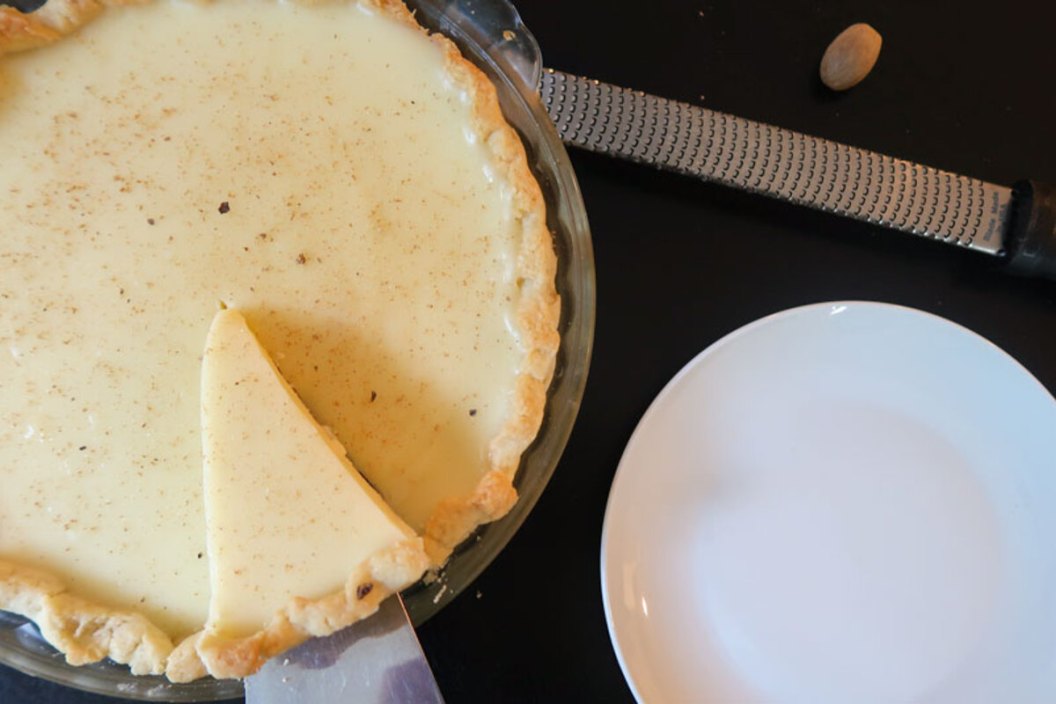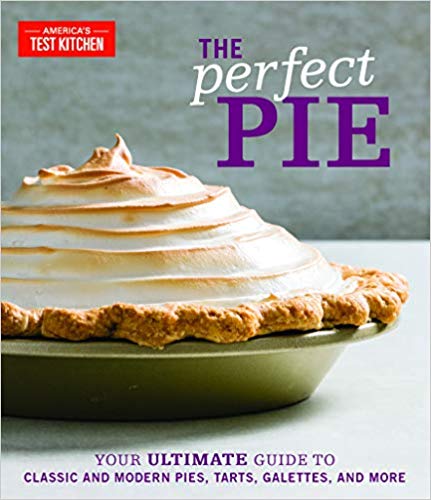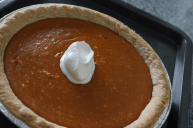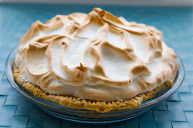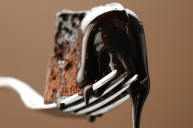This recipe was created in partnership with America's Test Kitchen.
Videos by Wide Open Country
Pie. It can be salty or sweet, filled to the brim with fruit or weighed down with chocolate cream. If you can eat it, you can probably make a pie out of it. The history of pie goes back all the way to the Ancient Greeks (who are actually believed to have originated the first pie crust) but here in America, most people equate pie as a major part of our country's history. Pilgrims brought over meat pies and soon settlers created the American apple pie we know and love today.
What is Hoosier Pie?
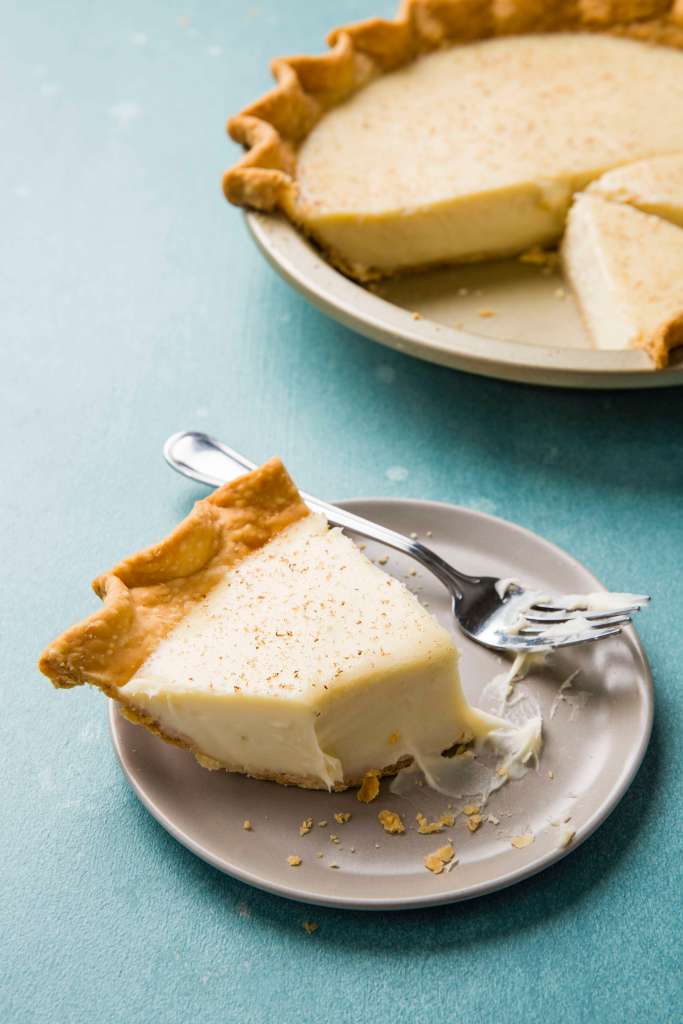
America's Test Kitchen
As immigrants started settling in the States, so did different varieties of pie. One pie, in particular, that was born of immigrant settlers was Indiana's state pie, a rich a creamy sugar cream pie topped with a sprinkling of nutmeg. Created by the Amish and Shaker communities which settled in Indiana in the 1800s, Hoosier Pie is known as a desperation pie; a pie made with staple ingredients like heavy cream, sugar, and vanilla extract when money or crops were short. Other pies like this include vinegar pie and buttermilk pie.
According to Kate Scott of the Indiana Historical Society, the earliest recorded sugar cream pie recipe was from 1816, which is also the year the state was founded. "The only really, really consistent ingredient in sugar cream pie is sugar," Scott says during an interview with Indiana Public Media. "In addition to sugar, though, there is usually milk or cream, or half and half. You get vanilla and nutmeg, usually butter and salt. And sometimes flour and cornstarch, or one or the other to use as a thickening agent."
Today the pie is a staple in the Midwest, especially in the Indiana region. Wick's Pies, a popular baking company in Indiana, bakes around 10,000 pies a day, with 75% of them being Hoosier sugar cream pie. Their sugar cream pies feature a crispy and caramelized sugar topping and it is the perfect ending to a Sunday Supper.
How to Make Hoosier Pie From America's Test Kitchen's The Perfect Pie Cookbook
When I saw that our friends over at America's Test Kitchen created a new pie cookbook with a Hoosier pie recipe included, I knew I had to get the book and try it out. Packed with over 180+ recipes, The Perfect Pie includes classics like Banana Cream Pie, Classic Apple Tarte Tartin, and Sweet Potato Pie as well as creative twists like Key Lime Meringue Slab Pie and Chai Blackberry Pie.
The Perfect Pie has everything; whether you are comfortable in the kitchen or it's your first time cooking. And when it comes to simplicity, this custard pie couldn't be easier to put together.
First, make up your pie dough (you can even buy a frozen 9-inch pie crust, we won't tell!) and blind bake it. You can either use pie weights or if you are like me, wrap your crust in tin foil and pile on some rice to weigh it down.
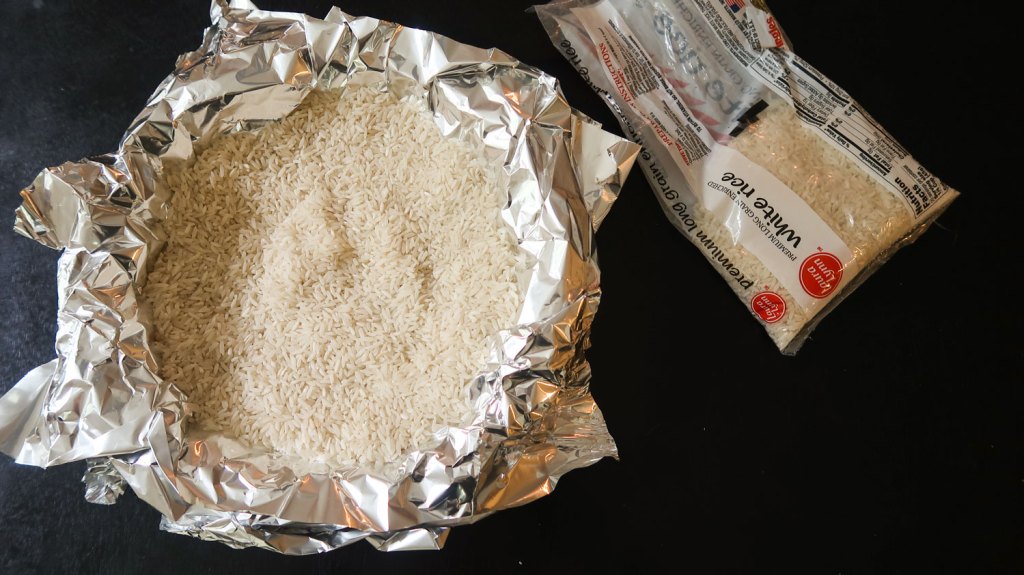
Lyndsay Burginger
Once your crust is baked and out of the oven, start making your custard. Whisk sugar, cornstarch, and salt together in a large saucepan. This will help break up the cornstarch and prevent it from clumping up in your custard later. Next, turn the stove to medium heat and whisk the heavy cream into the sugar mixture and add in your unsalted butter.
Whisk constantly, making sure to scrape the sides and the bottom to prevent burning and/or clumping. Once the mixture thickens and big bubbles pop at the surface, stir for an additional 30 seconds then remove from the heat. Stir in the vanilla extract and transfer the custard to your pie shell, smoothing the top with a rubber spatula.
Let the pie sit until it is at room temperature, then cover with plastic wrap and refrigerate until the pie is cold and set. When ready to serve, grate fresh nutmeg over the top then slice and serve.
Watch: Cinnamon Whiskey Pecan Pie
https://rumble.com/embed/u7gve.v3ts1z/
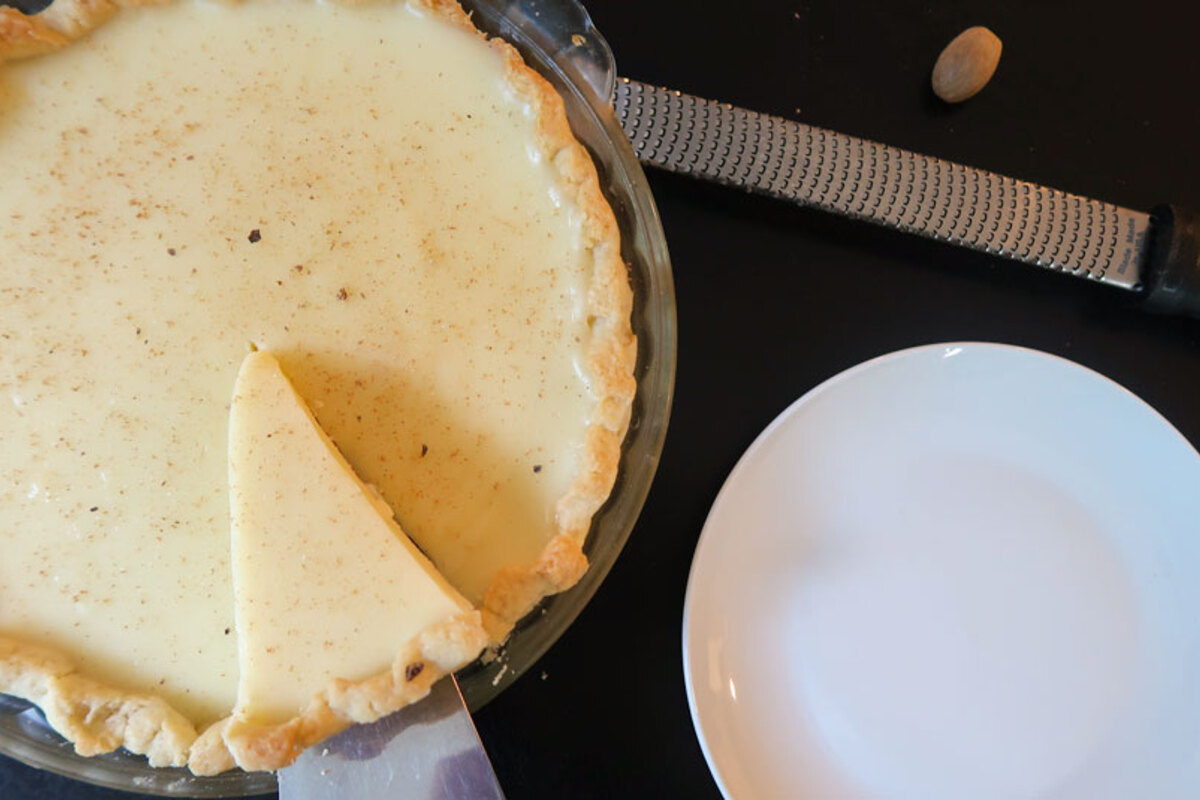
Hoosier Pie
Ingredients
Hoosier Pie
- 1 recipe single-crust pie dough
- 1 cup sugar
- 1/4 cup cornstarch
- 1/4 tsp table salt
- 3 cups heavy cream
- 5 Tbsp unsalted butter, cubed
- 1 Tbsp vanilla extract
- whole nutmeg
Classic Single-Crust Dough
- 1 1/4 cups all-purpose flour
- 1 Tbsp sugar
- 1/2 tsp table salt
- 4 Tbsp vegetable shortening, cut into 1/2 inch pieces and chilled
- 6 Tbsp unsalted butter, cut into 1/4-inch pieces and chilled
- 3 Tbsp ice water
Instructions
- Roll dough into 12-inch circle on floured counter. Loosely roll dough around rolling pin and gently unroll it onto 9-inch pie plate, letting excess dough hang over edge. Ease dough into plate by gently lifting edge of dough with your hand while pressing into plate bottom with your other hand.
- Trim overhang to 1/2 inch beyond lip of plate. Tuck overhang under itself; folded edge should be flush with edge of plate. Crimp dough evenly around edge of plate. Wrap dough-lined plate loosely in plastic wrap and refrigerate until firm, about 30 minutes. Adjust oven rack to middle position and heat oven to 350 degrees.
- ?Line chilled pie shell with double layer of aluminum foil, covering edges to prevent burning, and fill with pie weights. Bake on foil-lined rimmed baking sheet until edges are set and just beginning to turn golden, 25 to 30 minutes, rotating sheet halfway through baking. Remove foil and weights, rotate sheet, and continue to bake crust until golden brown and crisp, 10 to 15 minutes longer. Transfer sheet to wire rack.
- Whisk sugar, cornstarch, and salt together in large saucepan. Whisk in cream until combined. Add butter and cook over medium heat, whisking constantly, until mixture is thick and large bubbles appear at surface, 6 to 8 minutes. Continue to whisk 20 seconds longer. Off heat, whisk in vanilla. Pour custard into pie shell and smooth top with rubber spatula. Let pie cool completely, about 2 hours. Refrigerate pie until cold, about 2 hours. Grate nutmeg over pie and serve.
For the Pie Dough
- Process flour, sugar, and salt in food processor until combined, about 5 seconds. Scatter shortening over top and process until mixture resembles coarse cornmeal, about 10 seconds. Scatter butter over top and pulse until mixture resembles coarse crumbs, about 10 pulses.
- ?Transfer mixture to bowl. Sprinkle ice water over mixture. Stir and press dough with spatula until dough sticks together. If dough does not come together, stir in up to 1 tablespoon ice water, 1 teaspoon at a time, until it does.
- Transfer dough to sheet of plastic wrap and form into 4-inch disk. Wrap tightly in plastic and refrigerate for at least 1 hour or up to 2 days. Let chilled dough sit on counter to soften slightly, about 10 minutes, before rolling. (Wrapped dough can be frozen for up to 1 month. If frozen, let dough thaw completely on counter before rolling.)
